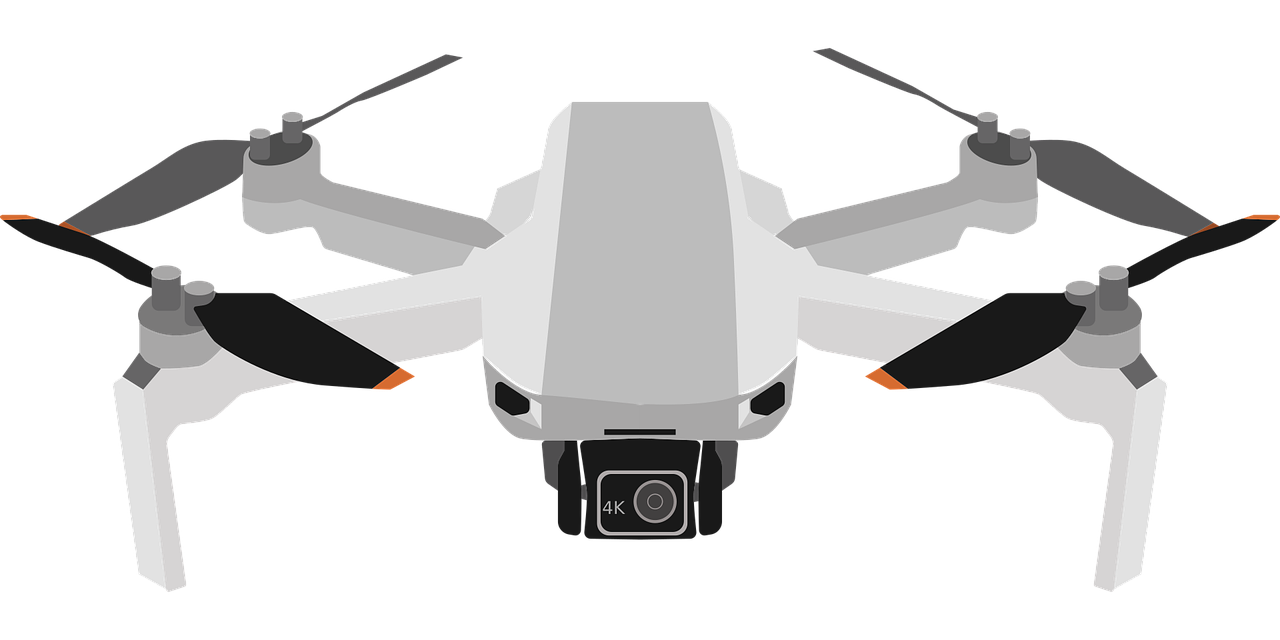I’ve recently purchased a DJI Avata, and I’ve been reading about the different “hacks” to enable higher power modes and additional channels for the O3 system.
I understand that CE mode is specifically for European countries with more restrictive power limitations. I’m in the USA, so I apparently my drone is in “FCC mode” by default. I’m specifically curious about “Ham mode,” though. I am a licensed ham radio operator, which means that legally, I can use frequencies and power levels that are outside the range of normal Part 15 devices. In general, the regulations state that my transmissions must be unencrypted, I must transmit my callsign every 10 minutes, and I’m limited to 1.5kW (which is obviously far less than any drone would use). Is there a firmware hack that allows this?
I’m not trying to break the line-of-sight rules, but if I can enable a mode that would allow me to get better signal fidelity within the FCC and FAA regulations, I’d like to try it. Even a little bit of extra power can make a significant difference in certain cases.


Super easy, just drop (blank text doc)ham_cfg_support in the root of the sd card and reboot. You should see 7 channels instead of 3 when using the manual channel selection. Side note how did you get your ham license. I wanted to get mine.
If it’s that easy, I might as well give it a try; thanks for the tip. As far as getting your license, it’s not particularly difficult, but it does require some study. I have a background in electronics, which helps.
When I got my license (around 13 or so years ago), I just studied the FCC’s question pools for a few months, then took my test. They publish the questions (or at least they used to), so you can either just study the published questions directly, or use one of several online services for study. I did a combination of the two; I think I used HamTestOnline for online study. It’s possible to just memorize the questions, but there are a lot of them; I would encourage you to at least do some research on concepts you may not be familiar with.
When you’re ready to take your licensing exam, you can search online for an organization near you that will administer the exam. I took my exam with a local radio club. There are 3 levels of licensing: Technician, General, and Extra. You must take them in order, but you can take more than one in a single session if you like; I did all 3 at the same time. I’d have to re-read the regulations, but I think that just a Technician class license would be enough for drone use. The higher licensing levels allow for usage of more of the frequency spectrum and higher power levels. Once you have your license, you just have to renew with the FCC every 10 years; if I remember correctly, it’s just a small fee.
It’s also worth noting that the FCC removed the morse code requirement around 15 years ago, so you don’t have to learn morse code unless you’re interested in doing CW operations. I’m far from an expert, but I’m happy to answer any questions if you have them.
Awesome, thank you. Ill look into studying for it. Sadly the ham file hack doesnt allow any more tx power output
If the ham hack doesn’t allow for higher power output, then I gather that the only real benefit is having access to extra channels? I don’t know offhand how much overlap there is between 5Ghz WiFi and the 5.8Ghz frequency that the DJI O3 system uses, but I can’t think of anything immediately that would cause interference at that frequency range. Maybe certain radar?
From what I understand, the primary benefit is for people in the EU who are severely restricted in terms of power output. I’m still going to try it anyway, but I was hoping it would unlock a higher power output.
I really hate the fact that so many consumer electronics try to babysit the end-user; it should be up to the operator to make sure that they’re complying with the law, not the equipment. At least give the option to unlock the full capabilities of the hardware. As an example, I was driving today, and my passenger tried to enter a GPS destination on the head-unit in my vehicle, only to be met with a message along the lines of “park the car in order to use the on-screen keyboard.” There is absolutely no law against a passenger operating an in-car navigation system while someone else is driving, yet the manufacturer seems to think it’s okay to lock out features just in case the person using the hardware is the driver, even though they may very well not be. I guess it just goes to show that it’s better to build it yourself.